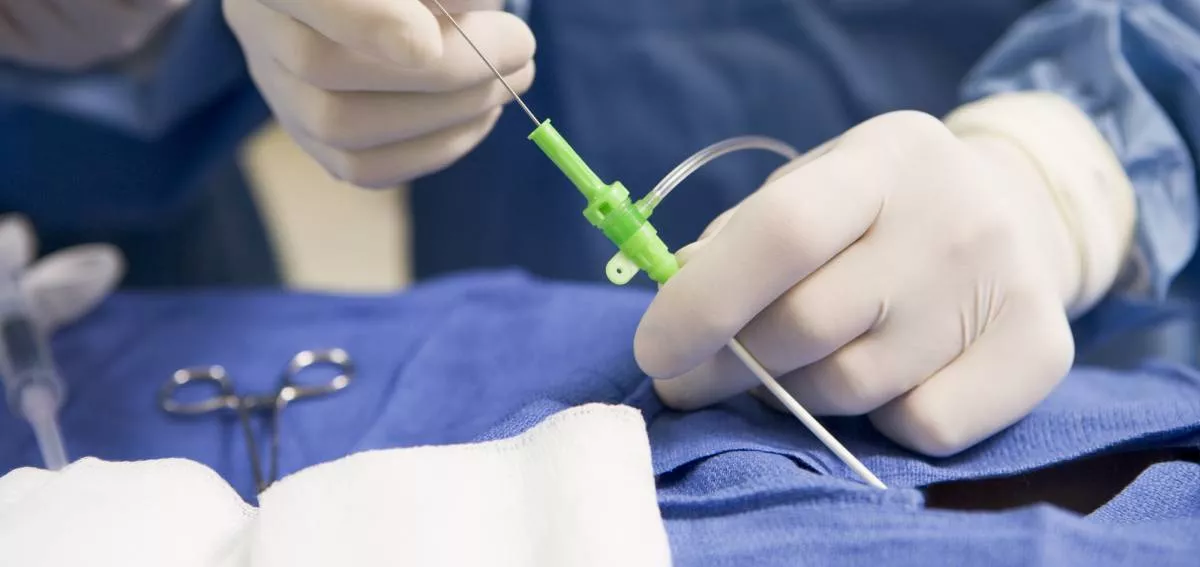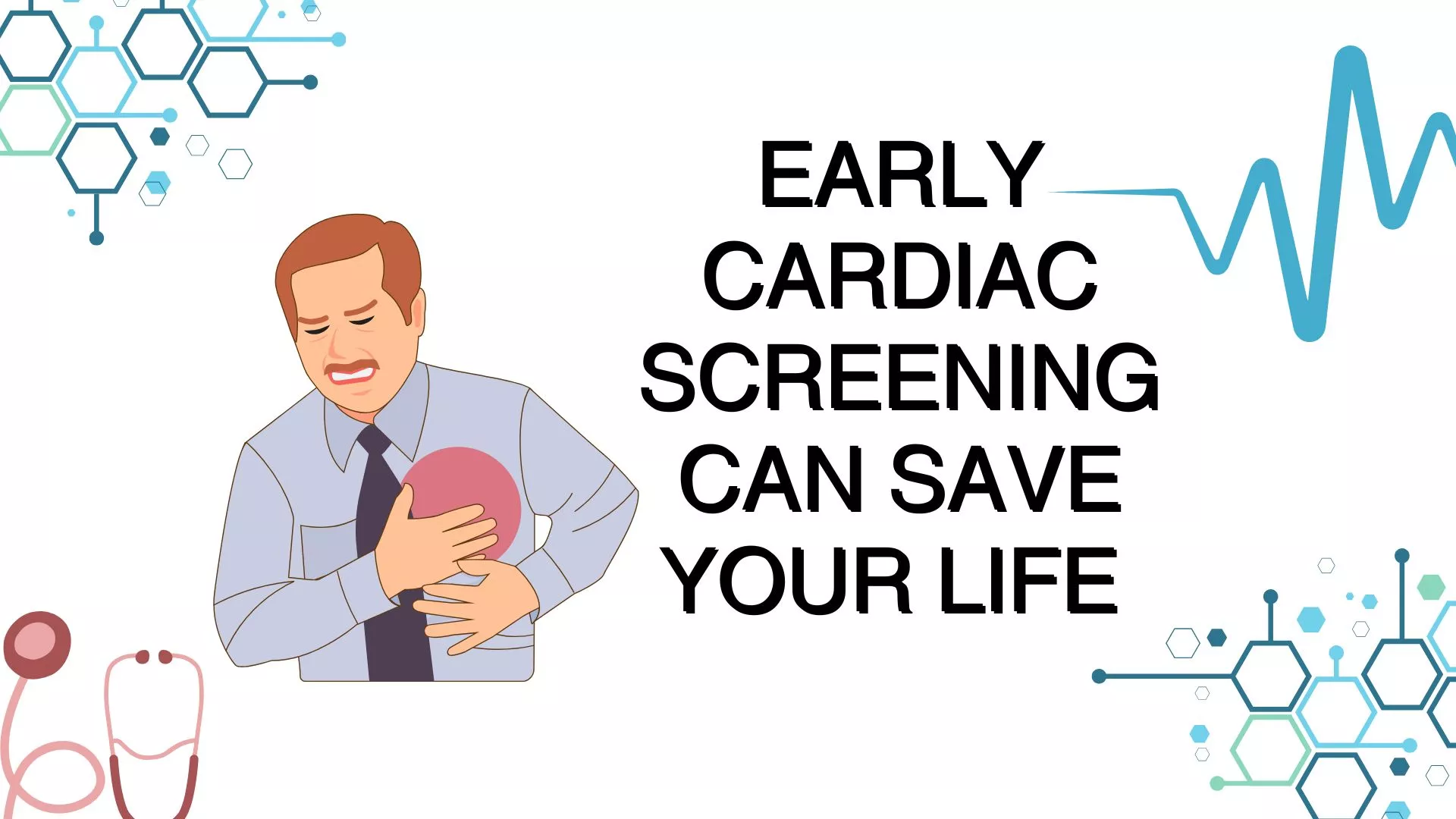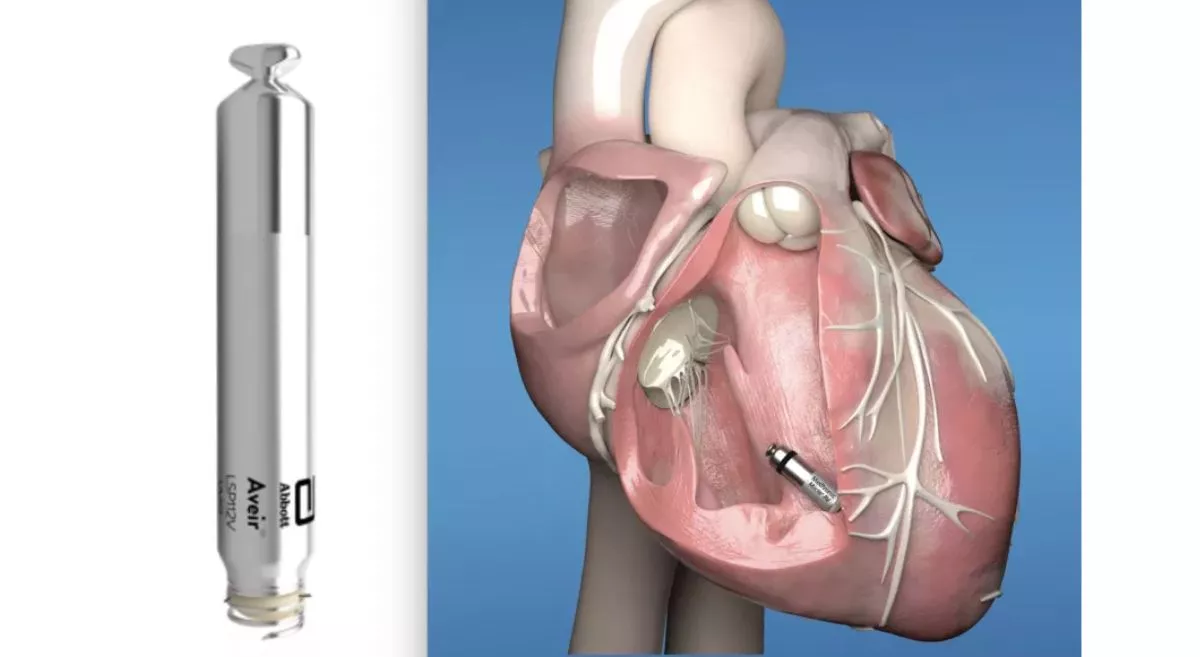Angiogram vs Angioplasty: A Brief Analysis
Angioplasty and Angiogram are two completely different medical procedures, are related to the blood vessels. Although, angiography is done to examine the blood vessels for a potential heart condition. On the other hand, angioplasty involves widening of the narrowed arteries to treat your condition.
Angiogram vs Angioplasty: A Deep Understanding
Both the procedures have the capability to work separately or together, also they are an imperative part of diagnostic testing and treatment for some conditions.
Angiogram
Also known as angiography or arteriogram, it is a diagnostic procedure that curates images of the blood vessels. Need to go through a series of x-rays and use iodine dye which is known as contrast -- that helps to reveal blood flow through vessels and if there are any blockages. This is a minimally invasive procedure, some of the best cardiologists in Bangalore perform this procedure by inserting a catheter into the main artery.
Some of the different kinds of angiogram procedures are as follows:
- Pulmonary angiogram
- Aortic angiogram
- Coronary angiogram
- Cerebral angiogram
- Renal angiogram
- Peripheral angiogram
You might have gotten a CT angiogram (CTA) or an MR angiogram (MRA), both are non-invasive imaging procedures that may or may not have used contrast dye. The CT scan often uses radiation, while the MR scan does not.
Angioplasty
To begin with, this is a procedure that unblocks any affected blood vessel to enhance blood flow. This is also a less-invasive procedure and is called percutaneous transluminal angioplasty (PTA) solely because of the techniques used.
During angioplasty, the doctor will put a catheter into the main artery and make their way to the blockage. The catheter has a tiny balloon present at the tip that inflates and then compresses the blockage, expanding the blood vessel and enhancing the blood flow. The doctor at the same time even inserts a wire-mesh stent at the same time to make sure that the artery doesn’t collapse.
Some of the different kinds of angioplasty procedures are as follows:
- Balloon pulmonary angioplasty
- Cerebral angioplasty
- PTA of the femoral artery
- Coronary angioplasty
- Carotid artery angioplasty
- Renal artery angioplasty
You might need to go through a laser angioplasty, wherein the doctors remove the blockage with the help of laser radiation.
Angiogram vs Angioplasty: Let’s talk about the symptoms
Before the doctor suggests you an angiogram or angioplasty procedure, you must show certain health symptoms. The aforementioned procedures are extremely useful for several medical conditions, usually those that involve some kind of blood flow restriction.
Some of the symptoms that you need to know are:
For Angiogram:
- Headache
- Difficulty in breathing
- Chest pain
- Pain in arm, jaw, or neck
- Feeling dizzy
- Double vision
- Had a heart stroke or attack
- Failed in stress tests
- Blot clot of blockage
- A possible brain tumour
For Angioplasty
- Face shortness of breath
- Have regular chest pain
- Blockage more than 50% in the main artery
- Blockage more than 70% in the branching blood vessel
- You have coronary artery disease, atherosclerosis, or peripheral artery disease
Angiogram vs. Angioplasty: The Procedure And Duration
Let us first talk about the angiogram
When you step your foot into the procedure, you will be given sedation that will help you relax along with anaesthesia that will numb the incision area.
After that, the doctor will create a small incision on the outer groin area to have access to your femoral artery. Now, why this artery? This artery is a preferred choice as it is easily accessible and is connected to all the other arteries present in the body.
The doctor then inserts a thin catheter that is made of medical-grade tubing, directly into the artery and threads it into the area that needs the examination. The area can vary from your heart to the brain to your arm, legs, maybe your kidney.
In the last step, the doctor then inserts the iodine dye into the tubing, making sure that it emerges in the blood vessel that needs to be examined. With the help of the x-ray machine, the doctor takes a couple of images and shows you the blood flow and pressure, oxygen levels, and heart functionality. Once the procedure is done, the doctors remove the catheter.
Each angiogram may vary in duration, where the blockage is or the abnormalities the doctor may come across.
Angioplasty
In the angioplasty procedure, the first step is the same as the angiogram, you are sedated and receive anaesthesia. The vascular surgeon goes on and makes an incision, inserts the catheter tube into the femoral artery, and makes its way to the blockage. Although this catheter has a smaller balloon at the tip.
After that, the surgeon inflates the balloon that goes on to compress the blockage placed against the artery wall. Once the balloon is deflated, your doctor will insert iodine dye to make sure that the blood has significantly increased. After the doctor is pleased with the improvement, he/she removes the balloon and catheter from the artery.
Depending on the kind of angioplasty, the procedure can last somewhere between 30 minutes to 3 hours or maybe even longer. In this procedure, it is quite common for the patient to stay overnight in the heart hospital in Bangalore. This way the nurses can monitor health and make sure the procedure was a success.
You can also visit the best cardiology hospital in Bangalore for safe & advanced treatment
Final Note
As a rule of thumb, is it advised to drink plenty of fluids for you to flush out the dye from the body. Furthermore, the doctor may even advise you to not lift heavy weights during the recovery period, avoid drinking and smoking. Make sure to update your doctor once in a while, and call for help if the area where the catheter was injected starts to bleed, change colour, or swell.













